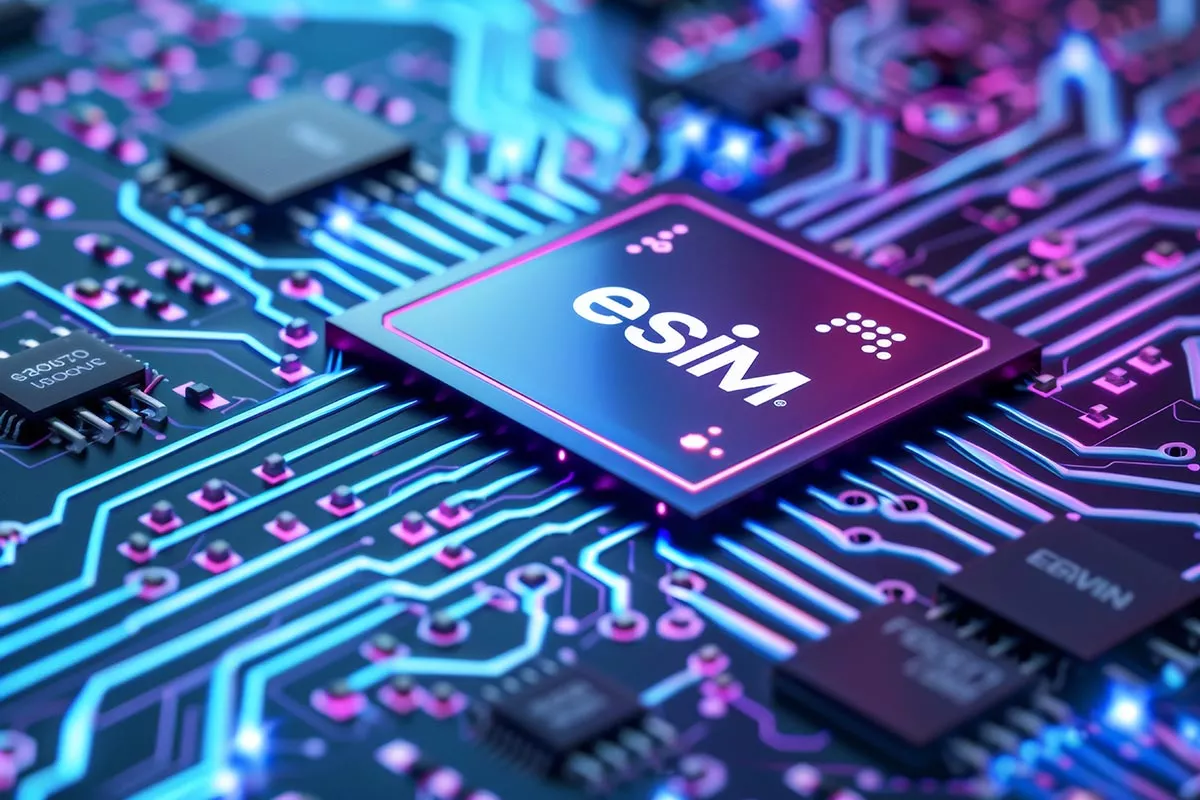API aggregators to start bridging the gap between enterprise and telecoms
As the world becomes increasingly digitized, telecoms have been forced to do some soul-searching over the last decade. Despite being the infrastructure that holds everything up, over-the-top services, internet messaging, and hyperscalers have all clouded the commercial picture for ‘traditional’ telecoms. Even 5G, on which many had pinned hopes of a telecoms revival, has stuttered.
Telecom APIs – software interfaces that allow developers to easily integrate and leverage telecom services – are also touted as the future of the industry. Telcos have unbeatable infrastructure for connectivity services, but these assets have traditionally been hard for businesses to access. APIs represent the ‘softwarisation’ of telecoms.
As businesses become increasingly digital, APIs allow businesses to easily implement services to support identity and verification, location-based services, guarantee quality coverage on demand, and a whole host of others.
There is some skepticism, however, with many fearing that, like 5G, the hype will outweigh the real impact. In 2025, this will start to clear as the telco API ecosystem takes significant steps toward maturity. Standardization efforts, such as the GSMA’s Open Gateway, will continue to streamline API integration, making it more accessible and viable. Another key development will be the rise of ‘API integrators’—companies with strong ties to operators and established enterprise relationships. These players will act as API marketplaces, providing businesses with a single access point for global connectivity services while giving operators a direct link to enterprise customers.





